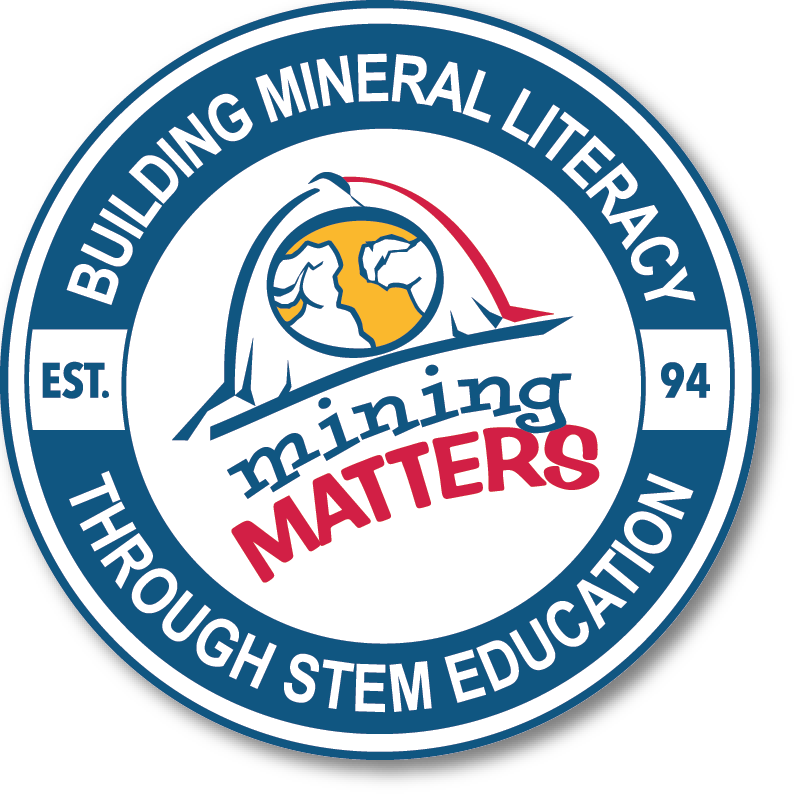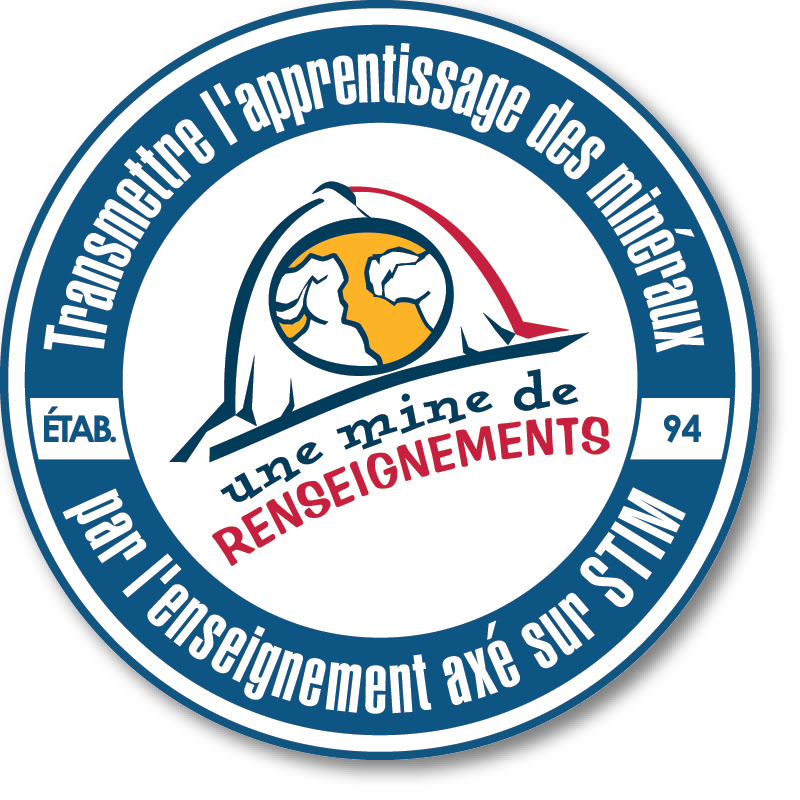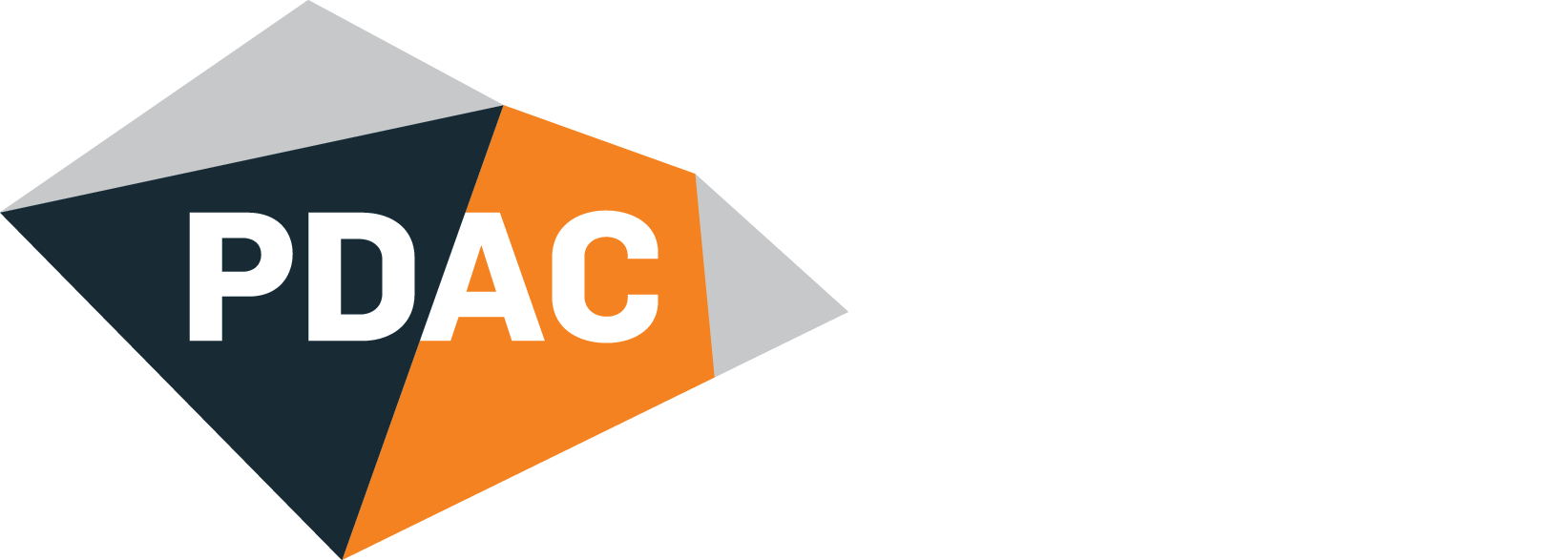Introduction to Mining
Background
Information Bulletin: Let’s Explore Mining
Mining is an industrial activity that removes rock from the Earth’s crust and processes it to remove valuable minerals for us to use. We need mineral resources to make many of the things we use in our daily lives, from toothpaste to buildings, computers to cars.
The mining process is very complicated and involves five stages: looking for minerals; evaluating a mineral discovery; building a mine; mining and processing minerals; and closing the mine and reclaiming the land. From start to finish, a mining company has to think about how its activities will affect the environment and any nearby communities. The
mining process can take a very long time and cost millions of dollars.
Looking for Minerals
Looking for minerals is called mineral exploration. Geologists use many different methods to look for valuable minerals. They study satellite images of the Earth and use airplanes or helicopters to measure things, such as the magnetism in the land. Maps also help them choose an area to explore.
Before a mining company can explore more closely, it must get the exclusive rights to a piece of land. This is called staking a claim. The company can then use special equipment to look more closely for mineral deposits. Geologists do field work to identify different rocks and collect rock and soil samples to study in a laboratory. If the results are good, the company drills holes in the ground to take out long, thin cylinders of rock called cores, which can be studied to find out how much valuable mineral they contain.
Evaluating a Mineral Discovery
Once a mining company finds a mineral deposit, the next step is to decide if it will be worth spending the millions of dollars needed to construct a mine.
A mineral evaluation looks at how much it will cost to construct and operate the mine, to sell the minerals, to take care of the environment, and whether or not the company will make any money.
Finding a good mineral deposit is rare. Very few mineral exploration properties actually make it to the mineral evaluation stage of the mining process.
Constructing a Mine
Mineral deposits close to the surface of the Earth can be mined by digging a surface or open pit mine. This means using huge diggers to scrape away the surface material and blasting the solid rock with explosives to reach the valuable minerals.
Mineral deposits buried deep in the Earth have to be mined using an underground mine. This means digging tunnels into the Earth to reach the valuable minerals.
Mining and Processing Minerals
Actual mining can begin once construction of a mine is complete. Miners use drills and explosives to break up the rock and large scoops and machines to move the rock to the processing plant.
Mined rock contains valuable minerals as well as worthless ones, all mixed together. Processing separates out the valuable minerals from the waste. Usually, the rock is first crushed into a fine powder. Then, a separation process captures the small amount of valuable minerals from the large amount of powdered waste rock. Some minerals are then refined to produce pure metal in a process called smelting.
A mining company has to deal with the leftover waste materials, called tailings, which are rock fragments, dust, and chemicals. They must be stored in safe areas to avoid polluting the air or water.
Closing a Mine and Reclaiming the Land
No mine will last forever. When a mine closes, the mining company has to reclaim the land, making it safe, usable, and a natural part of the surrounding environment. It must remove the buildings, make sure mine waste doesn’t harm the environment, make any pits or tunnels safe, and replant the land with grass and trees.
Protecting the Environment and Connecting with Communities
At every stage of the mining process, environmental specialists study the soil, water, wildlife, and vegetation, as well as the air quality and climate, to make sure an area remains safe and can be returned to usable land when mining is complete. The company also goes to local communities to learn about the area, explain the mining plans, answer questions, and talk about work opportunities.
Instructions
- a) Read the Information Bulletin: Let’s Explore Mining to learn about mining, the process that extracts valuable minerals and rocks from the Earth. On your worksheet make point-form notes about one part of the mining process.
Choose from:
Looking for Minerals
Evaluating a Mineral Discovery
Constructing a Mine
Mining and Processing Minerals
Closing a Mine and Reclaiming the Land
Protecting the Environment and Connecting with Communities
b) Use your point-form notes to make a poster that illustrates one stage in the mining process. Use words, pictures, and diagrams to make it attractive and informative. - Submit a copy of your poster to Mining Matters at info [at] miningmatters.ca (info[at]miningmatters[dot]ca)!
- Look at the two posters that show you what an underground mine and a surface mine (open pit mine) look like. On your worksheet, list three ways in which the mines are different.
The two mining posters illustrating surface and underground mines can be found online here or by using the direct links below. The posters are published by NRCan, Minerals and Metals Sector.
Surface mine:
https://MiningMatters.ca/sites/default/files/2024-04/surface-mine-nrcan…
Underground mine:
https://miningmatters.ca/sites/default/files/2024-04/underground-mine-n…




